When you think about cavities, brushing, flossing, and sugary snacks probably come to mind. But have you ever wondered why some individuals seem to have perfect teeth no matter what they consume, while others struggle with constant dental issues? The answer may lie deeper than your toothbrush—it could be written in your DNA.
Are Cavities Really Genetic?
Recent research suggests that genetics can play a surprisingly big role in determining how prone you are to cavities. Just like eye color or hair texture, your genes influence the structure and strength of your teeth. Some people inherit tougher enamel or more effective saliva production, both of which help protect against decay. On the other hand, certain genetic variations can make teeth more vulnerable to the bacteria that cause cavities. A private dentist Wilmslow might notice these tendencies during routine check-ups, highlighting how some oral health challenges can be more hereditary than habitual.
Enamel Strength and Genetic Influence
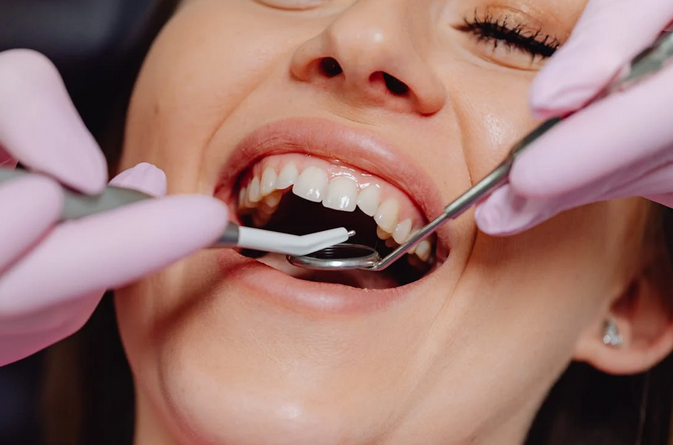
Enamel—the hard outer layer of your teeth—is your first line of defense against decay. But not all enamel is created equal. Scientists have found that variations in genes responsible for enamel formation, such as AMELX and ENAM, can impact how strong or weak your enamel is. If your enamel is softer or thinner due to genetic factors, it can wear down faster and expose your teeth to decay. While daily brushing and fluoride can help, genetics may still tilt the odds.
The Role of Saliva in Oral Health
Saliva does more than just keep your mouth moist—it’s also a powerful protector against cavities. It neutralizes acids, washes away food particles, and provides essential minerals that repair early enamel damage. However, genetics can affect how much saliva you produce and how effective it is at maintaining a balanced pH. If your genes lead to less or less effective saliva, your mouth may struggle to defend itself against harmful bacteria, increasing your risk for cavities and gum disease.
Bacteria, Immunity, and Your Genetic Makeup
Cavities are ultimately caused by bacteria, but your body’s immune response determines how well you can fight them off. Genetic variations in immune system genes can influence how your body reacts to the bacteria that live in your mouth. For some, this means a natural resilience to decay-causing microbes; for others, it could mean chronic inflammation or a higher susceptibility to gum infections. Understanding these genetic factors could one day help dentists personalize preventive care based on a patient’s genetic profile.
Lifestyle Choice

Even if your DNA predisposes you to cavities, your daily habits have the final say. Good oral hygiene, a balanced diet, and regular dental visits remain the most effective ways to prevent tooth decay. Brushing twice a day, flossing, and limiting sugary snacks can significantly offset genetic risks. Think of it as teamwork between your genes and your lifestyle—your DNA sets the baseline, but your habits decide the outcome. Modern dentistry is also catching up with this concept, blending preventive care with genetic insights to offer more personalized oral health solutions.
The Future of Genetic Dentistry
As genetic testing becomes more advanced and affordable, dental care will likely take a more personalized approach. Dentists may soon use genetic data to predict a patient’s risk for cavities, gum disease, and other oral conditions before symptoms appear. Imagine having a dental plan tailored specifically to your DNA—one that targets your weaknesses and builds on your strengths. The field of genetic dentistry is still evolving, but it holds exciting potential for the future of oral health.
While brushing and flossing will always be essential, science is uncovering that our DNA also plays a powerful role in determining who’s more prone to cavities. From enamel composition to saliva production, your genes quietly shape your oral health every day. Still, genetics aren’t destiny—a mindful approach to care, regular check-ups, and smart habits can keep your smile bright no matter what’s written in your DNA.…
See More

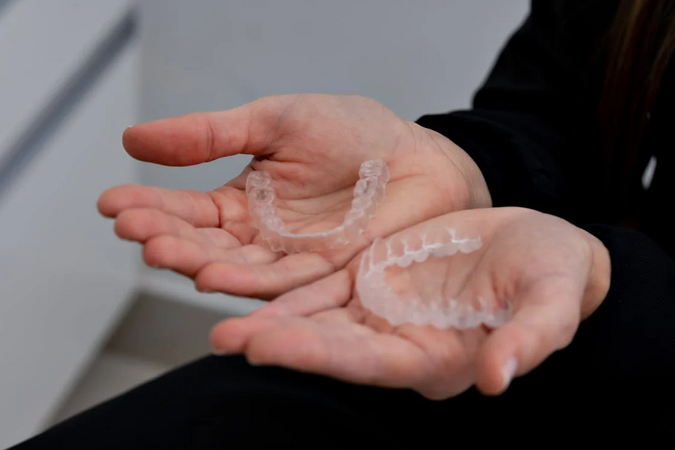
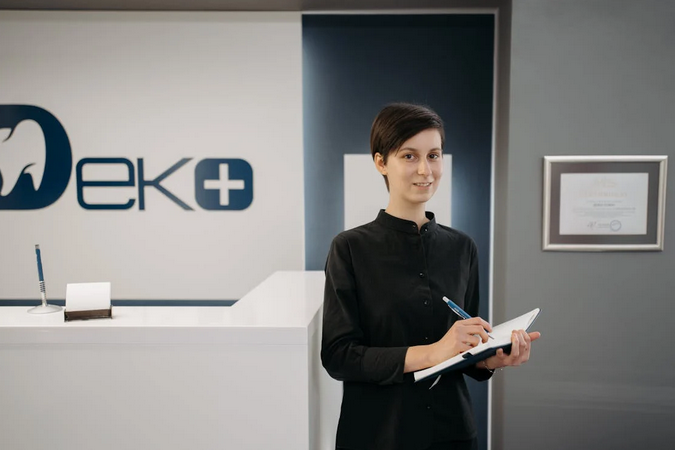
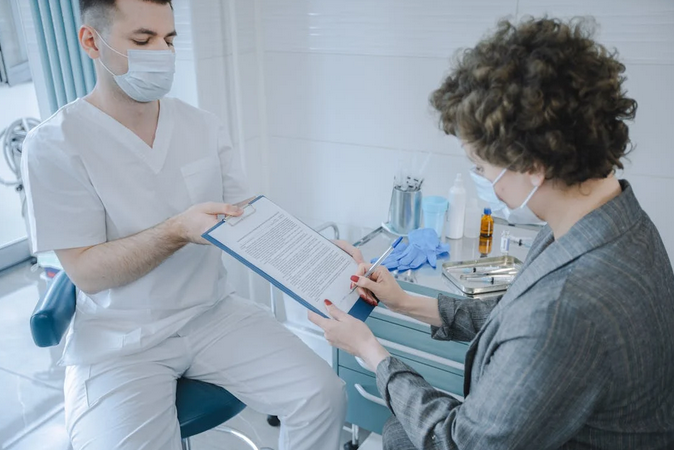
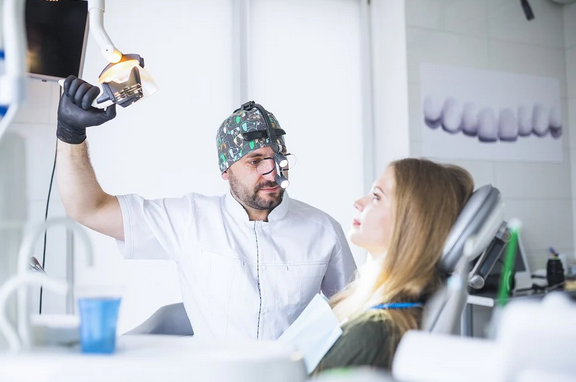
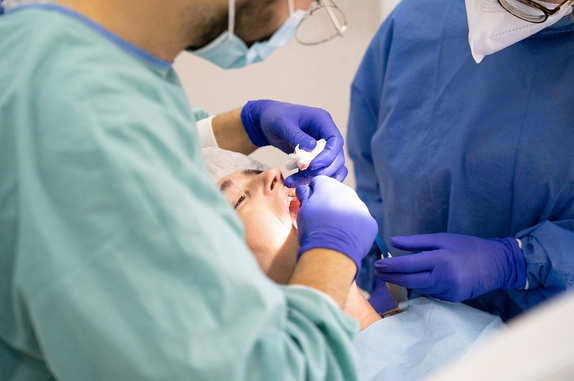

 The first and most important element of excellent dental hygiene is brushing your teeth correctly. You should brush your teeth at least twice a day, and if possible, after every meal. Be sure to use a soft-bristled toothbrush and toothpaste that contains fluoride. Fluoride helps to prevent cavities by making the tooth enamel more resistant to acid attacks. To brush your teeth correctly, use gentle circular motions and be sure to brush the inside surfaces of your teeth as well as the outside. You should also brush your tongue to remove bacteria and freshen your breath. Spit out the toothpaste after brushing, but don’t rinse your mouth with water immediately afterward. Then, you’ll be able to get the full benefits of fluoride in the toothpaste.
The first and most important element of excellent dental hygiene is brushing your teeth correctly. You should brush your teeth at least twice a day, and if possible, after every meal. Be sure to use a soft-bristled toothbrush and toothpaste that contains fluoride. Fluoride helps to prevent cavities by making the tooth enamel more resistant to acid attacks. To brush your teeth correctly, use gentle circular motions and be sure to brush the inside surfaces of your teeth as well as the outside. You should also brush your tongue to remove bacteria and freshen your breath. Spit out the toothpaste after brushing, but don’t rinse your mouth with water immediately afterward. Then, you’ll be able to get the full benefits of fluoride in the toothpaste.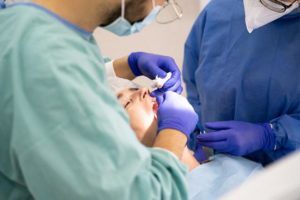 Whether you have dental problems or not, you should visit your dentist at least once a year for a check-up and professional cleaning. During your appointment, your dentist will check for any problems and clean your teeth to eliminate any tartar buildup. The dentist may also take X-rays to check for cavities or other issues that can’t be seen with the naked eye. These regular appointments are necessary because they can help to catch problems early when they’re easier to treat.
Whether you have dental problems or not, you should visit your dentist at least once a year for a check-up and professional cleaning. During your appointment, your dentist will check for any problems and clean your teeth to eliminate any tartar buildup. The dentist may also take X-rays to check for cavities or other issues that can’t be seen with the naked eye. These regular appointments are necessary because they can help to catch problems early when they’re easier to treat.